Superfund Research Program
Congratulations to the 2024 winners of the K.C. Donnelly Externship Award!
Brendan O'Leary
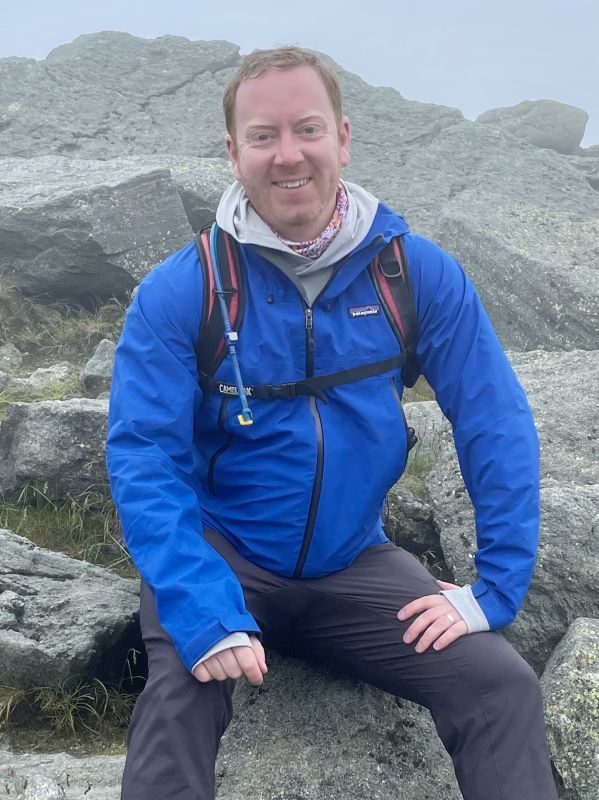
Brendan O’Leary, Ph.D., is a postdoctoral fellow at the Wayne State University (WSU) SRP Center under the mentorship of Carol Miller, Ph.D., and Glen Hood, Ph.D. For his externship, O’Leary worked with Kelly Pennell, Ph.D., at the University of Kentucky SRP Center.
O’Leary studies how contaminants move through groundwater, air, and soil in urban environments, and how these contaminants might impact human health. He focuses on developing field screening techniques and models to understand how volatile organic compounds (VOCs) move underground. During his externship, O’Leary learned how to use the AROMA-VOC tool, a chemical analyzer that provides high-quality, real-time data on contaminants in air, water, and soil. He later deployed the AROMA-VOC at a WSU SRP Center brownfields location to evaluate VOC concentrations in soil and sewer lines.
“I expanded my knowledge of field sampling methods by using real-time screening tools that are not available at my home institution, but I also broadened by professional network,” said O’Leary. “The externship is not just about advancing your research — it’s also about fostering collaborations that could benefit the Superfund Research Program and the environmental health sciences community.”
Fox Foley
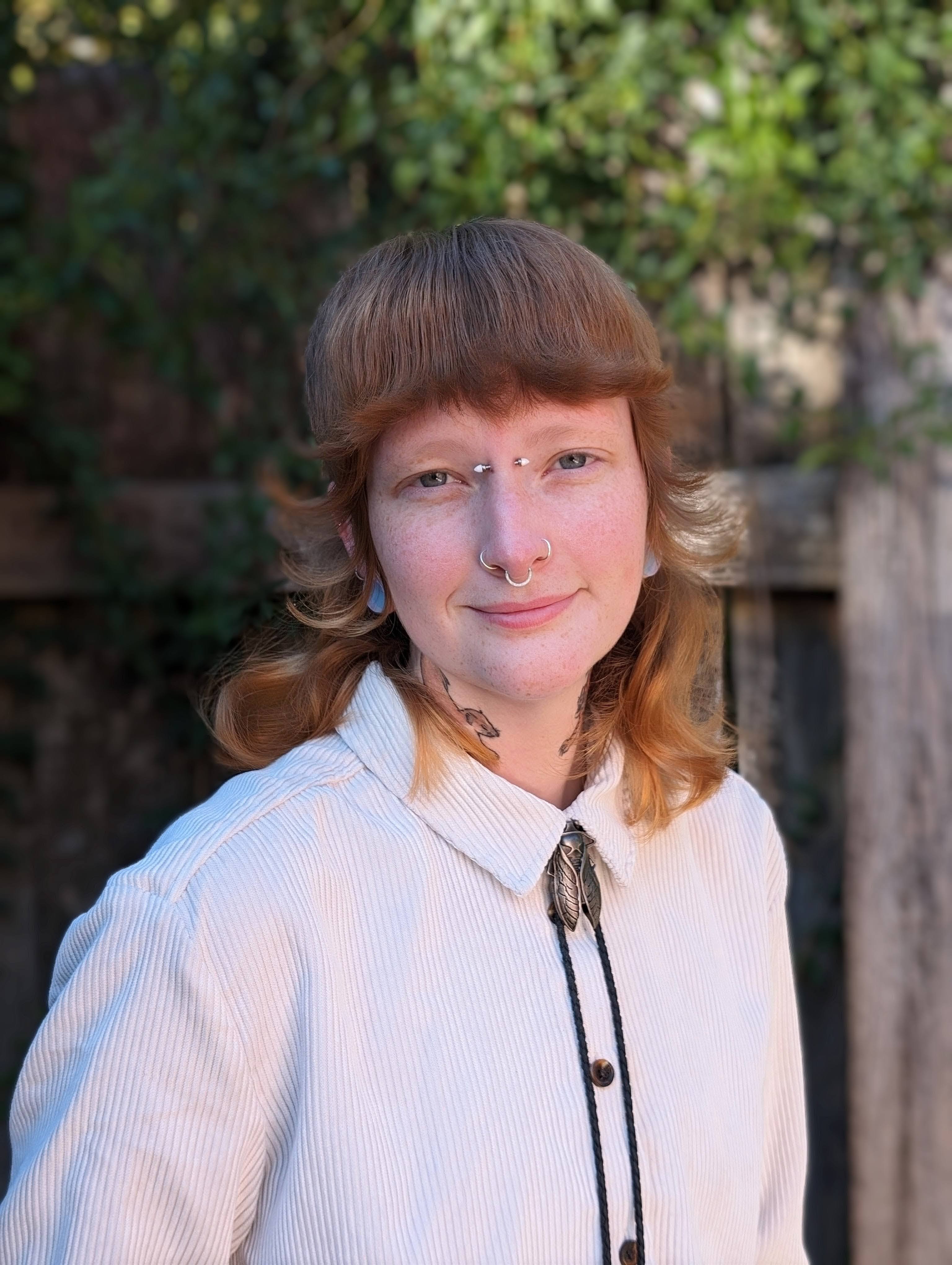
Fox Foley is a doctoral student at the Louisiana State University SRP Center under the mentorship of Phillip Sprunger, Ph.D. Foley traveled to the Oak Ridge National Laboratory (ORNL) Center for Nanoscale Materials Science in Tennessee to work with senior research scientist Arthur Baddorf, Ph.D.
Foley studies how environmentally persistent free radicals (EPFRs), a class of toxic air pollutants, are formed during combustion. Foley’s research focuses on how solar light may affect EPFR formation, and these insights can help develop methods to prevent new EPFRs from forming and degrading existing EPFRs. At ORNL, Foley learned scanning tunneling microscopy techniques, which uses electricity to sense extremely fine details on the surface of a sample. Foley employed these techniques to study how EPFRS are formed at an atomic level.
“The work I've done so far at ORNL has been rewarding and very useful to develop and improve both my lab and professional skills,” said Foley. “Getting to work with ORNL scientists and peek into the professional science world outside of academia has given me a better idea of what my path post-graduation could look like.”
Jarod Snook
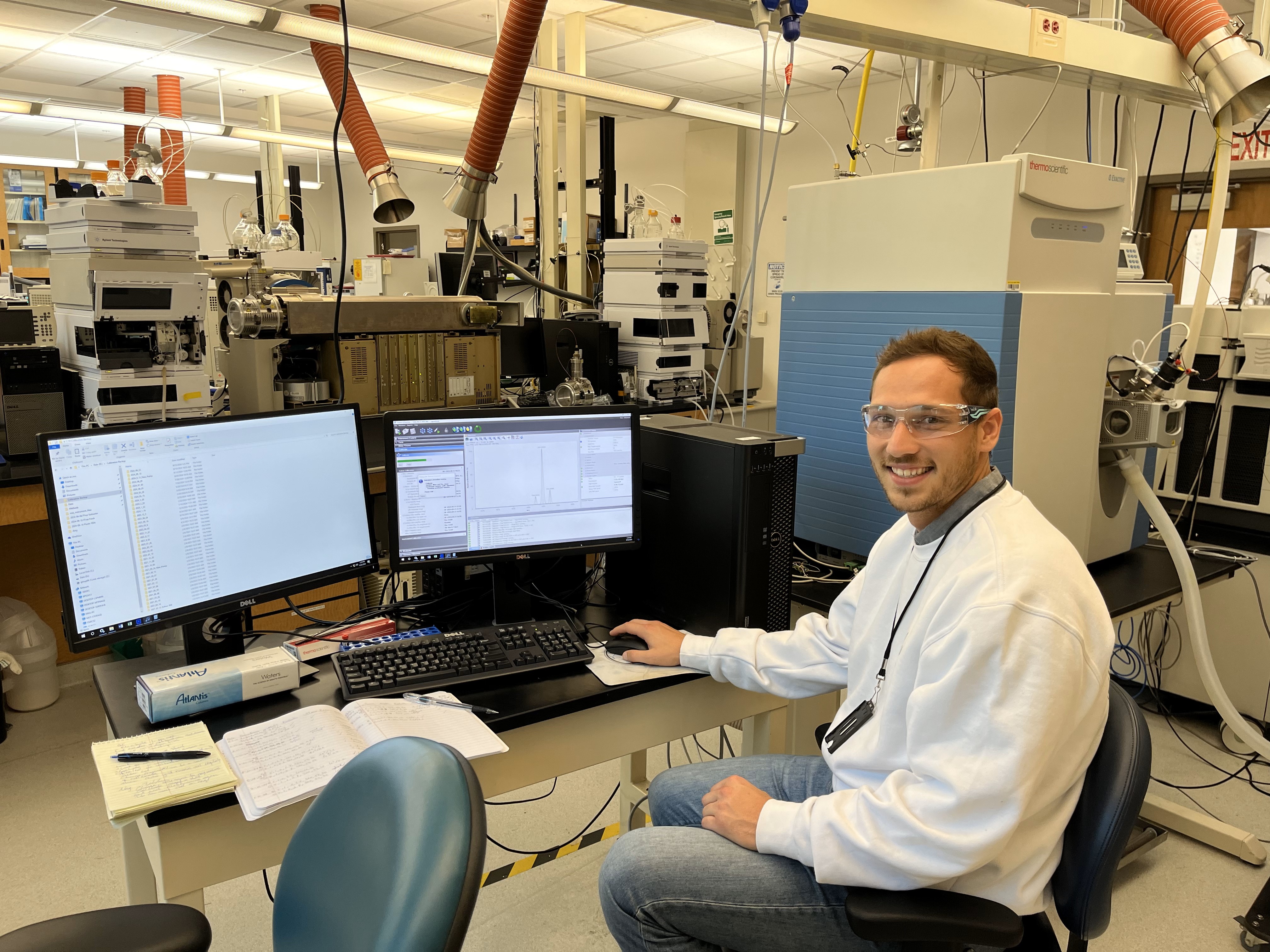
Jarod Snook is a doctoral student at the University of Rhode Island SRP Center under the mentorship of Rainer Lohmann, Ph.D. He traveled to the National Institute of Standards and Technology (NIST) to work with Jessica Reiner, Ph.D., for his externship.
Snook researches and validates passive samplers for per- and polyfluoroalkyl substances (PFAS) in water. Passive sampling is an environmental monitoring technique that allows pollutants to collect and accumulate within the sampler over time. His projects focus on improving the capability of these samplers to characterize PFAS at contaminated sites. Under Reiner’s guidance, Snook used NIST’s Aqueous Film-Forming Foam reference materials and instrumentation to test the passive sampler using water samples containing a mixture of PFAS from film-forming foam. He also tested two versions of the sampler to see which could capture all PFAS present in the film-forming foam.
“The externship allowed me to learn how NIST performs PFAS analyses with high degrees of precision, and how to operate their instrumentation,” said Snook. “I also had the chance to do a screening analysis for PFAS that are difficult to detect. This will help researchers enhance the capabilities of passive samplers to improve detection of an assortment of PFAS under a wide variety of environmental conditions
Kyla Drewry
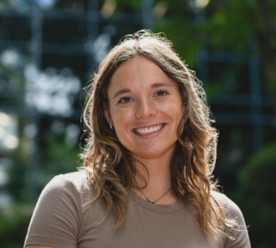
Kyla Drewry is a doctoral candidate at the Northeastern University SRP Center under the mentorship of Kelsey Pieper, Ph.D. She traveled to North Carolina to complete her externship with Wilson Mize at the North Carolina Department of Health and Human Services.
Currently, she focuses on integrating environmental and water quality data to develop community-based approaches to improve drinking water safety. At her externship, she collaborated with local and state health departments in North Carolina to design and build a wellhead replica to take to community meetings to train residents how to collect water testing samples from wells damaged during Hurricane Helene as well as demonstrate how to disinfect wells for clean drinking water. She also participated in emergency planning meetings with health officials and community organizations like the Catawba Riverkeepers and the North Carolina Ground Water Association.
“My experiences emphasized the value of holistic decision making, and the coordination and collaboration needed to develop user-centric solutions,” said Drewry. “Moving forward, I will continue to integrate these skills throughout my career addressing exposures and developing mitigation approaches to waterborne contaminants.”
Obinna David Nwokonkwo
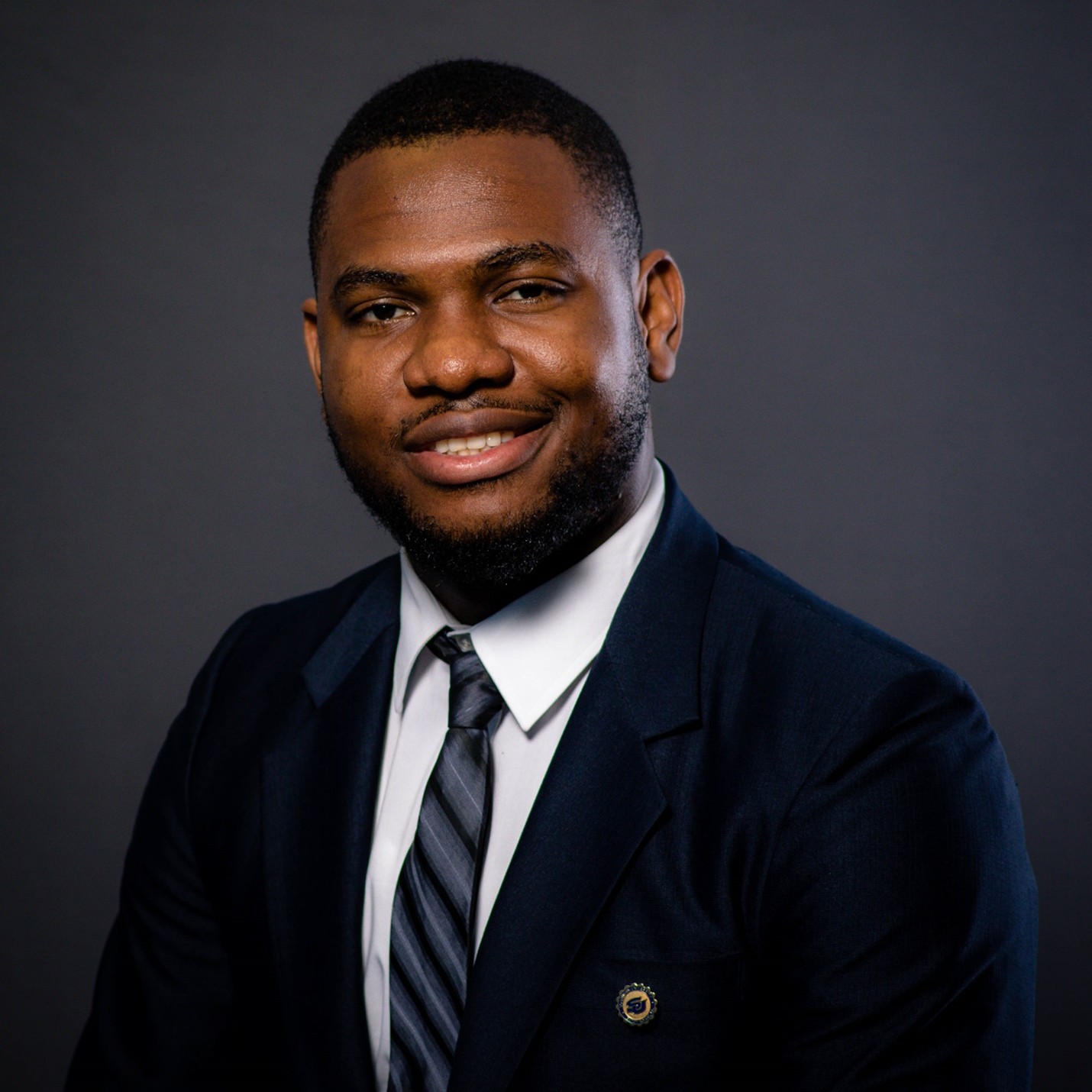
Obinna David Nwokonkwo is a doctoral candidate at Arizona State University, which is part of the Harvard University SRP Center, and is under the mentorship of Christopher Muhich, Ph.D. For his externship, Nwokonkwo worked with SRP-funded researcher Jaehong Kim, Ph.D., at Yale University.
Nwokonkwo’s research focuses on developing advanced adsorbent materials to selectively bind to and remove harmful metals from water. Specifically, he aims to optimize these materials by investigating the physical and chemical mechanisms that allow contaminants to be adsorbed. Through his externship, Nwokonkwo broadened his understanding of selective adsorption for organic and inorganic pollutants by exploring the use of specialized electrodes to selectively remove 1,4-dioxane, a possible carcinogen, from water that may have multiple contaminants. He calculated and tested the effects of reduction and oxidation on the binding ability of the electrodes.
“The externship significantly expanded my skill set, adding valuable experimental capabilities to my existing computational expertise,” said Nwokonkwo. “This has deepened my understanding of materials development, advancing my long-term goal of contributing to cutting-edge water treatment research.”
Yáu Adamu
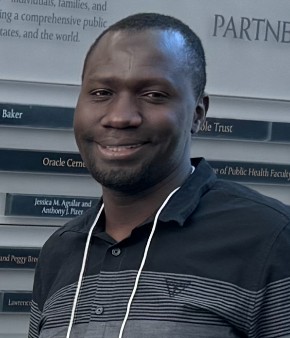
Yáu Adamu is a doctoral candidate at the University of Iowa SRP Center under the mentorship of Peter Thorne, Ph.D. For his externship, he traveled to the Lawrence Livermore National Lab (LLNL) to train with David Baliu-Rodriguez, Ph.D., on a specialized mass spectrometry technique to measure polychlorinated biphenyls (PCBs) in rat tissues during early pregnancy.
Adamu’s research uses adolescent male and pregnant rats to investigate how the body uptakes via the lungs, absorbs, distributes, metabolizes, and excretes PCBs, and extrapolates these models to be relevant for humans. At his externship, Adamu measured PCBs in tissues of pregnant rats and discovered essential information on how PCBs and their metabolites reach biological targets such as a placenta or developing fetus. He also learned how to generate data using advanced analytical techniques, such as High-Performance Liquid Chromatograph-parallel accelerator molecular mass spectrometry, which was developed at LLNL by Baliu-Rodriguez and Benjamin Stewart, Ph.D.
“During my time at LLNL, I gained valuable experience in state-of-the-art techniques that will help me develop models to determine potential adverse health effects of PCB exposure,” said Adamu. “I hope my models can help inform strategies to reduce exposures and safeguard public health.”


